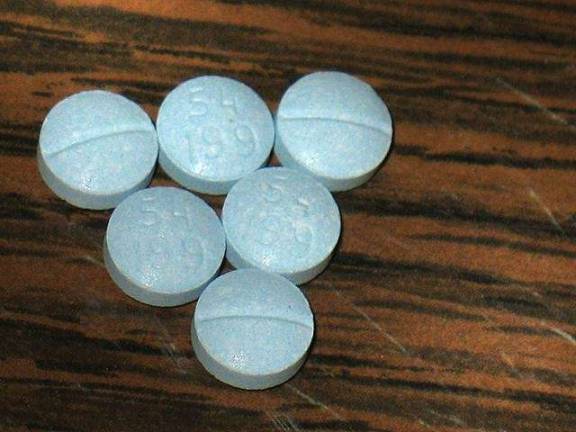Don’t Demonize Prescription Opioids

BY LEIDA SNOW
New government numbers once again scream a staggering rise in drug deaths, but in most news reports, medical use is conflated with recreational misuse. And even though there is a downward trend in deaths from prescription opioids, and the upward data are shown to be related to increases in the supply and use of heroin and a mixing of synthetic opioids like fentanyl, the government report still recommends “safer opioid prescribing.”
When my back seized up some months ago, I embraced the heavy doses of prescribed painkillers, even as I followed the news about a national opioid epidemic. This wasn’t my first episode, and the overwhelming majority of sufferers could tell the same story of recurrent agony: Low back pain is the second most common cause of disability in U.S. adults.
A snake had wound itself around my spine. When the spasm was ferocious, I couldn’t get in and out of bed on my own or find a comfortable position to lie in. The oxycodone pills let me sink into sleep. As I felt their power I cried in gratitude.
As the days passed and the intensity of the episode subsided, the snake relaxed its grip.
I noticed that the morning following the night found me in a nothing-seemed-very-important world. Realizing that my daytime feelings might be related to the pills taken the night before, I refilled the anti-inflammatory and muscle relaxant prescriptions but didn’t ask my physician to reorder the industrial strength painkiller.
I’m not alone: A PubMed review found that among those who take opioids for pain, the rate of addiction averaged between 8 and 12 percent. That’s a huge number of people but, it’s critical to note, most use these meds responsibly, for short periods of acute distress.
So is the opioid crisis a national emergency as President Donald Trump has declared, based on his bipartisan commission on opioids report? Or is the huge problem actually about recreational — rather than medical — misuse of drugs?
Thousands of sufferers get hooked on strong pain relievers and move to heroin, some to minimize physical or emotional suffering, some to enjoy the euphoric feelings they give. Some want to avoid the symptoms of withdrawal, which can include drug craving and muscle spasms. The problem is critical and can’t be minimized.
But there is another way to look at this, admittedly serious, issue. No matter the drug, most addictions start in young adult years by those who misuse medications recreationally and then get hooked. In the “Unbroken Brain,” neuroscience journalist Maia Szalavitz discusses a groundbreaking program that treats addiction as a developmental disorder from which sufferers can be taught recovery.
Osteopathic physician Craig Antell, director of ambulatory orthopedic rehabilitation at NYU Langone Medical Center, said that “opioid addiction is a critical national problem, but it needs to be put in perspective and not sensationalized. We don’t outlaw alcohol,” he continued, noting that a 2016 Surgeon General report included alcohol as part of the addiction crisis.
“More people die from alcohol-related causes every year than do from opioids,” Antell emphasized. He said the use of the term “epidemic” could lead regulators to prevent physicians from prescribing painkillers to those who need them.
While I’m currently not taking any medication, my back remains stiff. For chronic discomfort, there are back exercises, yoga, acupuncture, shiatsu, physical therapy and the Mayo Clinic’s concentration on perception. I’ve tried versions of all of them. And I have the muscle relaxants and anti-inflammatories handy.
But if I ever have another acute episode, I hope my physician will be able to prescribe oxicodone or the equivalent.
It is critical to remember that the big numbers of those addicted, troubling as they are, are a small percentage of the people who need, and use, prescription pain relievers on a temporary basis. While a Blue Cross report states that the high dosage of prescription drugs like OxyContin and Percocet has seen a corresponding rise in the rate of abuse and addiction, it also notes that opioids are more likely to be prescribed for select acute short-term conditions.
September is National Alcohol and Drug Addiction and Recovery Month. Addiction won’t end if prescriptions for pain are limited. Linking medical use with misuse isn’t a solution. The opioid crisis should be confronted with care and caution.